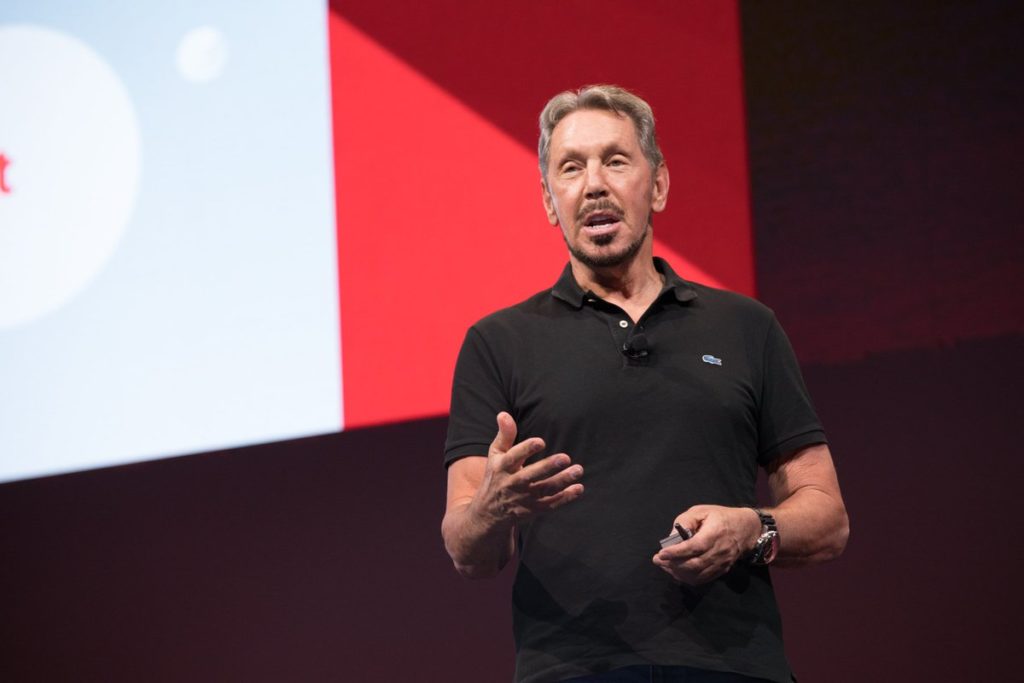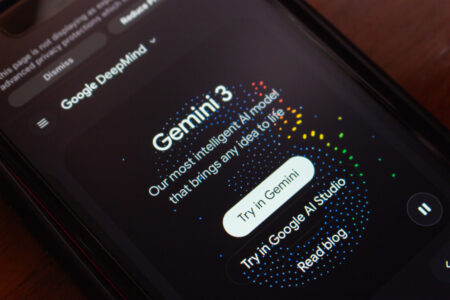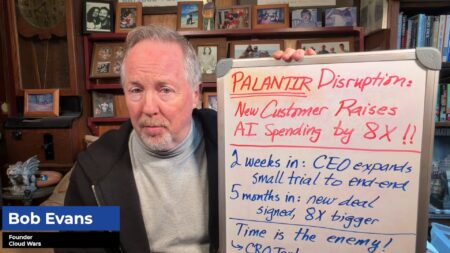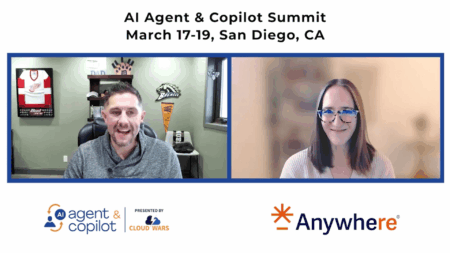Recognizing that decades-old categories fail to reflect modern business realities, Oracle chairman Larry Ellison has tossed one of those anachronisms overboard and replaced it with a radically different term capturing the modern business processes ushered in by the cloud.
(On my weekly Cloud Wars Top 10 rankings, Oracle is #6—just behind #5 SAP and just ahead of #7 ServiceNow.)
Always eager to defy convention, Ellison is reshaping the enterprise-software landscape by changing the name of his customer-oriented apps from the conventional “CX” to his own formulation of “Advertising and CX.”
This is more—much more—than a simple name-change or shuffling of words.
In fact, I believe Ellison’s move will inspire the leaders of other Cloud Wars Top 10 companies to boldly re-evaluate how they describe the business value delivered by their applications.
Because the three terms that have for decades described and proscribed the enterprise-software business—ERP, HCM, and CRM/CX—are horrendously old-fashioned, out of date, and backward-looking.
It’s not the software that’s the dinosaur—modern cloud applications crammed with AI and ML have become quite extraordinary—but rather those antiquated terms.
Every modern business needs modern ERP applications to manage and optimize operations. But is there a CEO in any industry on Earth who has ever said, “My leadership team and I need to spend more time thinking about Enterprise Resource Planning?” (PS—if there is, please don’t tell me—I couldn’t stand the excitement.)
So to clarify my point: what ERP or HCM or CRM/CX software does can be remarkable, but those acronymic names are from another century and from an entirely different way of doing business.
A year or so ago, SAP shook things up a bit by shifting the category for its HCM products to HXM: Human Experience Management, which I thought was vastly superior to the old name. The HXM name reflected new capabilities within SAP SuccessFactors applications driven by Qualtrics and its focus on experience-management solutions.
And in today’s experience-centric world, Human Experience Management makes far more sense and is far more relevant than the mechanistic and utilitarian “human capital management.” Heck, in today’s sensitive times, any business leader who’d refer to a person as “human capital” would probably be sentenced to watch endless reruns of laxative commercials for 96 straight hours with the volume on extra-high.
So back to Larry Ellison and Oracle’s new Advertising and CX suite of applications. The adventure began about 4 months ago when the leader of Oracle’s CX business, executive vice-president Rob Tarkoff, hosted Ellison for a fireside chat during a virtual Oracle event called The Future of CX.
Tarkoff outlined how Oracle’s integrated suite of CX applications was highly advanced and allowed customers to leverage data-driven insights more deeply and rapidly than ever before possible.
Ellison’s big focus was, not surprisingly, on competitive differentiation: he claimed that while traditional CRM apps are designed for managers monitoring the performance of salespeople, Oracle’s “next-gen CX” apps were all about helping salespeople sell more. (For the full details, please check out Larry Ellison Takes on Salesforce and SAP as Oracle Intensifies CX Battle and Larry Ellison Tightens Zoom Relationship, Oracle Leaps into Ad Business.)
Tarkoff and Ellison then began talking about how Oracle’s new CX apps could become a self-contained and end-to-end “closed-loop system” in conjunction with other Oracle cloud apps, enabling customers to do things they could never do before.
At that point, Ellison began speaking quite animatedly about Oracle CX’s breakthrough capabilities in enabling companies to not only identify and reach likely buyers but to then “spin up” advertisements customized for those prospects.
As I wrote at the time, here was the big reveal from Ellison:
“So we actually tell the salesperson what company they should approach next to sell to. Our Recommendation Engine helps a salesperson identify leads but it also goes beyond that,” said Ellison, clearly eager to get to the real breakthrough.
“But not only does it help you identify leads through our recommendation engine, it will automatically spin up a system that then starts advertising to those targets. You don’t go to your ad agency, you don’t do any of that stuff,” Ellison said.
“So we automate advertising—nobody’s ever done that!”
Now, that was four months ago. I can’t confirm or deny that no one but Oracle has ever done such a thing.
But I would bet a lot of money that behind Ellison’s zeal was his awareness that two of his primary competitors—Google and Amazon—have created multibillion-dollar advertising businesses unrelated to their cloud businesses. In 2020, Google Ads revenue was about $147 billion, and while Amazon doesn’t break out specific numbers for its ad business, its 2020 ad revenue was probably at least $15 billion and perhaps as high as $20 billion.
So I imagine Ellison feels if he can dramatically enhance what had been a fairly traditional CX business by helping sellers sell more rather than managers micromanage better, and then by weaving in some of that advertising magic, then maybe Oracle can tap into some of those big piles of billions as well.
And to show just how serious he is about turning Oracle into an advertising machine, he has fairly recently decided to change the name of Tarkoff’s business from CX to Advertising and CX.
Here’s how Oracle’s website describes it:
“Make every customer interaction matter by connecting all your business data across advertising, marketing, sales, commerce, and service. Oracle Advertising and Customer Experience (CX) offers a connected suite of applications that goes beyond traditional CRM to help you create, manage, serve, and nurture lasting customer relationships. Build a complete view of your customer and their every interaction—no matter how, when, where, or with whom they engage. Empower your entire business to deliver exceptional customer experiences—from acquisition to retention—and everything in between.”
So c’mon, you other big software companies: I know you don’t like the vestigial three-letter acronyms you’ve been hauling around (and having to talk around) for the past decade. It’s time to act.
Toss out those old fuddy-duddy names that only Gartner could love, see the world through the eyes of your customers and start talking about your superb new cloud apps in language that inspires your company and your customers.
Because in the Cloud Wars, the future’s coming at us faster than ever before.
And somebody’s going to make the move—why not you?
RECOMMENDED READING
Amazon Addresses Critical Blind Spot in Big Mainframe Deal with TCS
Salesforce Q4 Earnings: Can Marc Benioff Reverse Sharp Slide in Growth Rate?
Microsoft’s $10-Billion Secret: 6 Fun Facts about its Security Business
5 Reasons Why Google Cloud’s $5.6-Billion Loss Is Excellent News
Oracle Cloud EVP Clay Magouyrk: Journey to Cloud Still Too Complex
Microsoft Wallops Amazon in 2020 Cloud Revenue; Bigger than AWS and Google Cloud Combined
The Quotable Bill McDermott: 10 Insights from CEO of Soaring ServiceNow
World’s Fastest-Growing Cloud Vendors: #1 Google, #2 Oracle, #3 Microsoft & ServiceNow, #5 Amazon
Disclosure: at the time of this writing, Oracle was among the many clients of Cloud Wars Media LLC and/or Evans Strategic Communications LLC.
Subscribe to the Cloud Wars Newsletter for in-depth analysis of the major cloud vendors from the perspective of business customers. It’s free, it’s exclusive and it’s great!








